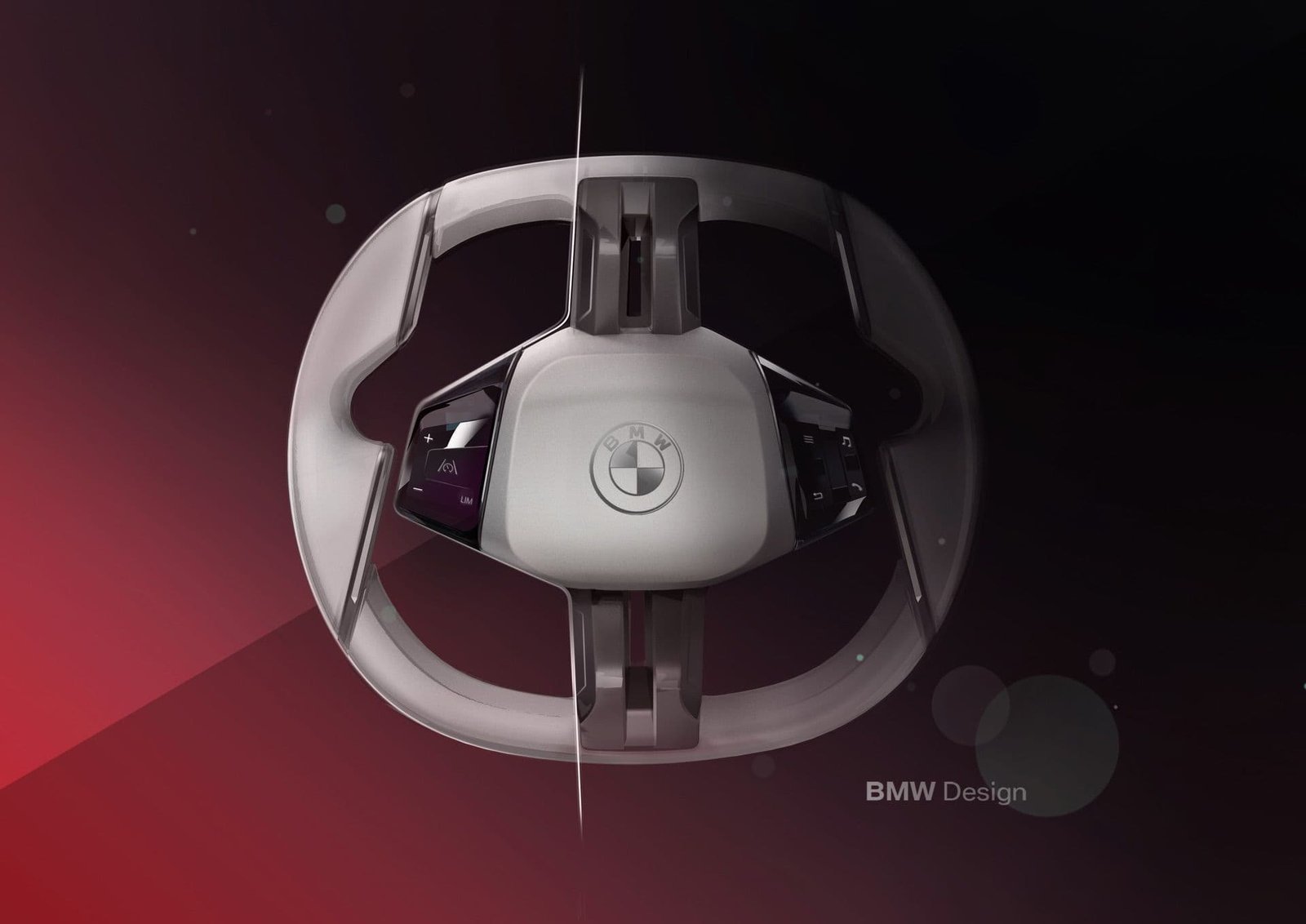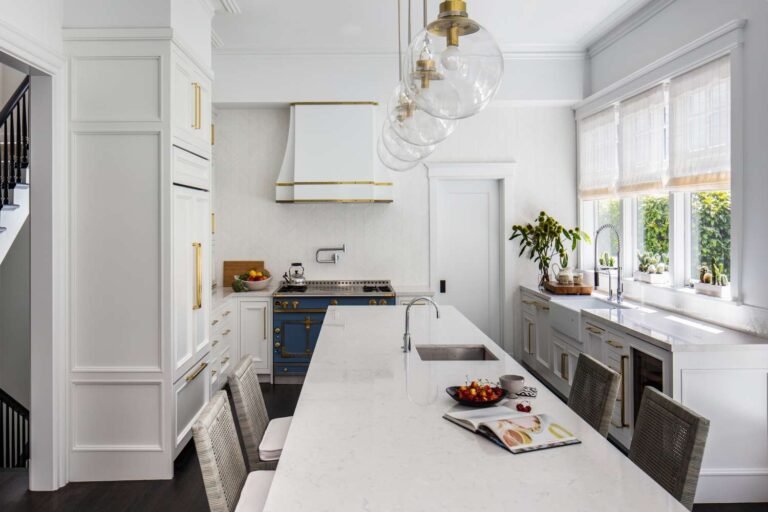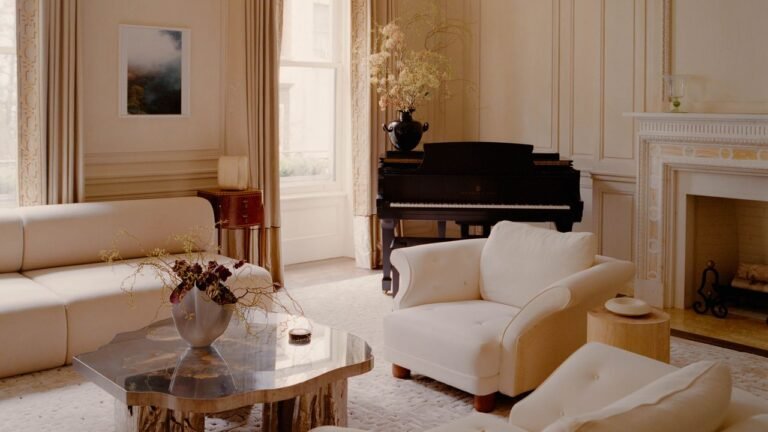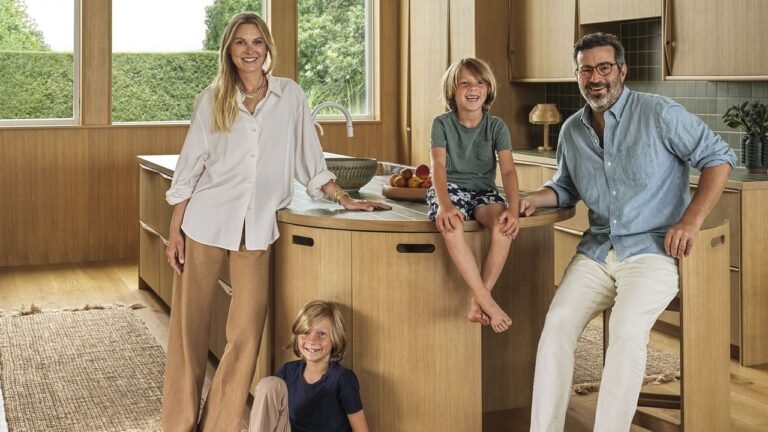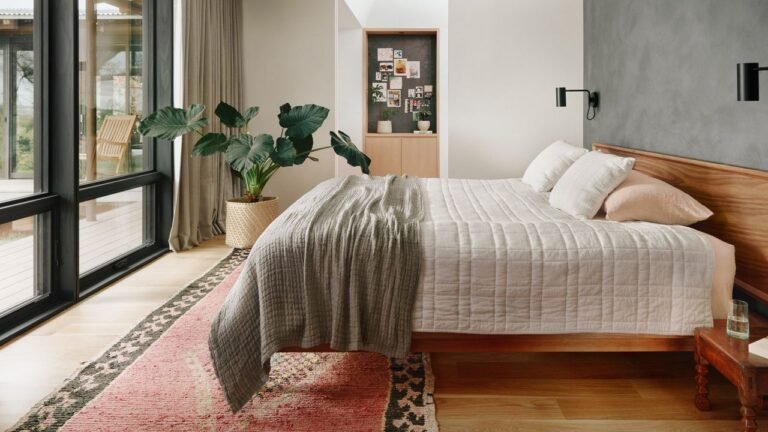Revolutionizing Interior Design: BMW’s Neue Klasse and the Magic Triangle
BMW is charting a new course with its Neue Klasse interior design, emphasizing technological innovation and ergonomic accessibility. At the center of this modern transformation is what BMW terms the "Magic Triangle." This design approach radically redefines cockpit interaction and enhances user experience, setting a new standard for automotive interiors.
A Leap Beyond Traditional Design
The upcoming Neue Klasse cars and SUVs are poised to make a significant impact in the automotive world. From the outset, the external designs may not immediately suggest a BMW, signaling a clear departure from traditional aesthetics. Inside the vehicles, the absence of a conventional gauge cluster starkly indicates a shift towards futurism.
However, BMW has not overlooked user experience. The cockpit is thoughtfully designed, revolving around a specific framework put forth by Florian Sieve, the Interior Design Manager for Neue Klasse. This framework, identified as the "Magic Triangle," consists of three pivotal interaction points for drivers.
What is the Magic Triangle?
The Magic Triangle emphasizes three main elements within the cockpit:
- Panoramic Vision Display: This innovative heads-up display stretches across the windshield, initially known as the "P-HUD" before branding took effect.
- Steering Wheel: Unlike traditional designs, this wheel is squared off with two primary spokes between 12 o’clock and 6 o’clock. Each side—3 o’clock and 9 o’clock—features button clusters that allow drivers to manage various in-car systems. A swipe motion changes what is displayed across different screens, enhancing interactivity.
- Center Display: Complementing the heads-up display, this screen relays pertinent information, ensuring the driver remains informed without distraction.
The Functionality Behind the Magic Triangle
The guiding philosophy of the Magic Triangle is to keep the road in sight for front-seat occupants. Information is primarily accessible via two touchpads on the steering wheel, encapsulating BMW’s principle of "eyes on the road, hands on the wheel." This design ensures that drivers can switch between functions effortlessly while maintaining focus on driving.
A New Era of Driver-Centric Interiors
The design choices surrounding the Magic Triangle are meticulously calculated. The parallelogram-shaped center display is a testament to BMW’s commitment to distinction; BMW i Design team head Kai Langer notes these high-end screens were ordered as exclusive handmade pieces, setting them apart from competitors who often favor uniform circular or flat square displays.
BMW has already teased some of these innovative design ideas in the BMW Vision Neue Klasse X, showcasing the brand’s commitment to progressing towards a futuristic ideology and preparing for an evolving market.
For deeper insights into this transformative approach, refer to the comprehensive exploration in Steve Saxty’s acclaimed book, BMW by Design.
Conclusion: Embracing a New Frontier in Automotive Interiors
BMW’s innovations within the Neue Klasse framework exemplify a groundbreaking shift in how automotive designs cater to user experience. As the brand integrates advanced technology with ergonomic principles, it not only redefines comfort and functionality but also sets a new benchmark for the industry.
Explore more about innovative design concepts and how they are shaping our environments at ChatbiHouse. We’re dedicated to keeping you informed on the latest trends in modern living spaces and interior design innovations. Visit our blog for further inspiration! ChatbiHouse Blog.

